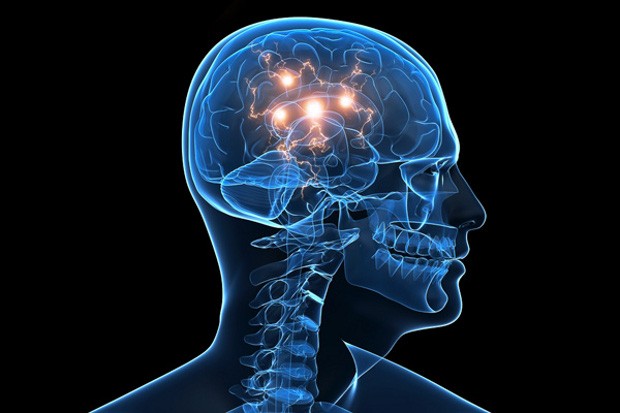Many things happen to your brain on meth–and not one of this is good. Find out what happens to your brain on meth when the drug hijacks it.
Drugs such as methamphetamine (meth or shabu), are illegal and dangerous for a reason. They affect your body and brain in ways that are gripping and destructive–even irreparable and fatal.

Many people still try it, however, and find themselves hooked to the drug. This causes a cycle of addiction that is actually a downward spiral that could wreak havoc in their lives.
So, what’s with meth and what really happens to the brain on meth?
Knowing how meth affects your cognitive and neurochemical functions can help you be more aware of its effects–and maybe even convince you to ditch the habit or seek help for addiction.
What Happens to Your Brain on Meth
Meth is a psychoactive chemical, which means it causes significant effects on the brain which can even result to hallucinations and psychosis.
Meth affects the dopamine pathway of the brain, resulting to feelings of euphoria after using the drug.
Dopamine has a variety of functions on the brain. It controls movements, causing uncontrollable twitches and compulsive picking at the skin (tweaking) when one has taken too much meth for a long time. Dopamine is also responsible for the flow of information throughout the brain, affecting memory, attention, motivation, and decision-making. Furthermore, the neurochemical causes feelings of motivation, pleasure, and enjoyment as it floods the reward system in the brain. Using meth causes dopamine to overflow on this region, eventually forming a pattern of drug-induced craving and reward that is associated to the drug.
This is Your Brain on Meth
When meth is ingested, smoked, snorted, or injected, it goes straight to the brain. Here, meth stimulates the dopamine producing parts of the brain, telling it to blood the brain. This can last up to 12 hours, when the body can start to break down the chemical. This causes the feeling of euphoria, or the “high.”
But that’s not all. Meth closely resembles the structure of dopamine, hijacking the brain with the synthetic chemical, with the extra natural dopamine floating around, getting destroyed in the process.
Over time, the process goes on until there is not enough dopamine left to give that high feeling. When meth and dopamine is depleted in the body, the user feels that crashing feeling, causing depression. Users would then want to feel that pleasant feeling again, wanting to use meth again, and thus the cycle begins.
As the user keeps up with this, the brain meanwhile starts to decrease its dopamine production. The user then finds it hard to enjoy activities that it used to like before. Even being around family and loved ones will stop feeling so rewarding. The user will feel exhausted, depressed, unmotivated, and suicidal, paired with bouts of aggression and unpredictable mood swings.
This is basically a chemical imbalance in the brain.
Your Brain on Meth: Will It Be Normal Again?
Fortunately, the human brain is resilient. With the right diet and in time, your brain can function normally again.
A dopamine-growing diet can involve eating food such as soybeans, tofu, shellfish, lean meat, organ meat, cheese, milk, eggs, seeds, nuts, bananas and chocolate. These foods are essential for those who are recovering from meth addiction.
However, not everyone can be saved from a lifetime of destroyed brain chemicals. Many people, especially those who have a lifetime of active addiction and using strong doses of meth, the brain damage may not be reversible.
Therefore, it is always best to turn away while you still can, and while the damage can still be reversed.

Recent Comments